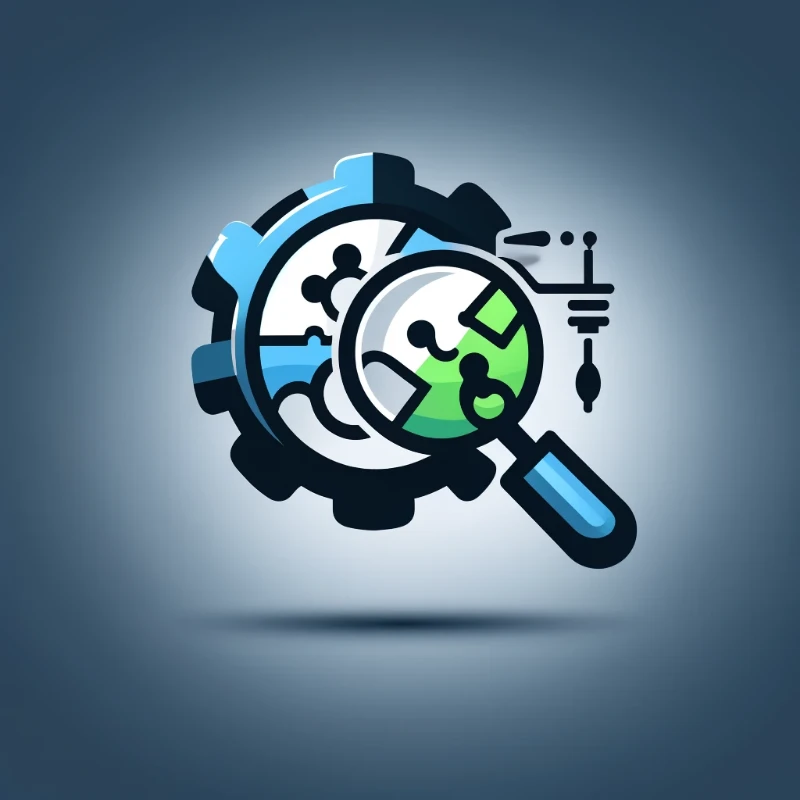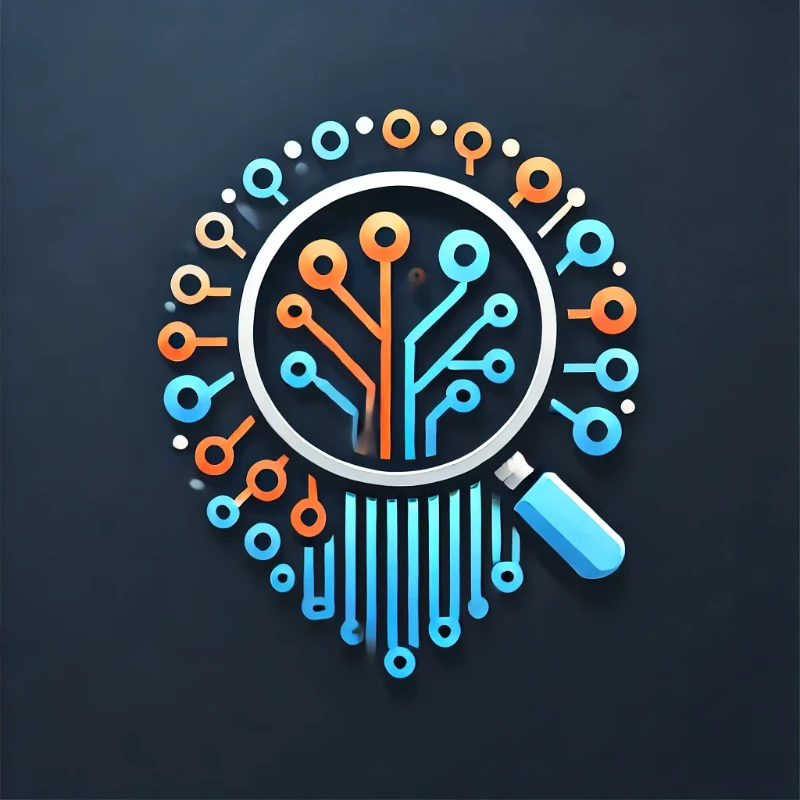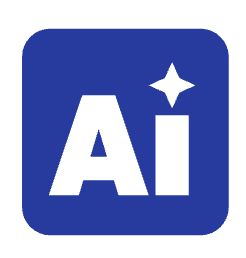
Pre-Translation Toolkit
Pre-Translation Toolkit combines tools to improve translation quality, streamline the process, and ensure accuracy.
Browse our elite collection of AI agents and build your digital workforce in minutes, not months.

Pre-Translation Toolkit combines tools to improve translation quality, streamline the process, and ensure accuracy.

AI translation agent using multiple LLMs and NMT engines for accurate, contextual multilingual solutions across industries.

AI-powered tool that analyzes texts to identify the main subject for accurate, domain-specific translations.

AI-powered tool designed to evaluate the complexity of source texts and recommend the most appropriate translation approach.

AI translation platform offering fast, accurate translations across 50+ formats and 100+ languages, no subscriptions.

AI tool for redacting personal data from texts, ensuring privacy and compliance while maintaining content usability.

AI-Powered Translation Platform for Accurate and Efficient Multilingual Communication.

JotMe’s AI tool enhances multilingual meetings with real-time translation, transcription, and AI notes.
Some of the best AI tools for translation include Google Translate, DeepL, Microsoft Translator, Amazon Translate, and SYSTRAN. These tools leverage AI to provide real-time, accurate translations across a wide range of languages, often offering additional features like text-to-speech and contextual translation.
AI for translation refers to the use of artificial intelligence and machine learning algorithms to translate text from one language to another. These tools analyze large datasets of text to learn language patterns, grammar, and context, enabling them to produce automated translations that improve over time through neural machine translation.
AI translation tools improve accuracy by utilizing neural machine translation (NMT), which learns the context and relationships between words in sentences. This approach helps produce more natural-sounding translations and better handles idiomatic expressions, improving the overall quality compared to earlier rule-based methods.
Benefits of using AI for translation in business include faster turnaround times, cost savings, the ability to handle large volumes of content quickly, and real-time translation for multilingual communication. AI tools can also support localization efforts, helping businesses connect with global markets.
DeepL, Google Cloud Translation API, SYSTRAN, Amazon Translate, SDL Trados
AI translation tools are generally accurate for standard translations, especially with languages that have large datasets. However, human translators are often better at capturing nuances, context, and cultural subtleties. AI tools are improving but still require human intervention for more complex or creative translations.
Popular AI-powered translation tools for businesses include Google Translate, DeepL, Microsoft Translator, Amazon Translate, and SYSTRAN. These tools support business needs like website localization, multilingual customer support, and content translation.
AI translation tools help with website localization by automatically translating web content into multiple languages while preserving context and cultural relevance. This makes it easier for businesses to reach global audiences, improve user experience, and maintain consistency across different markets.
Machine translation tools are software that uses computational algorithms to translate text from one language to another automatically. These tools rely on rule-based systems, statistical models, or neural machine translation to process and produce translations without human involvement.